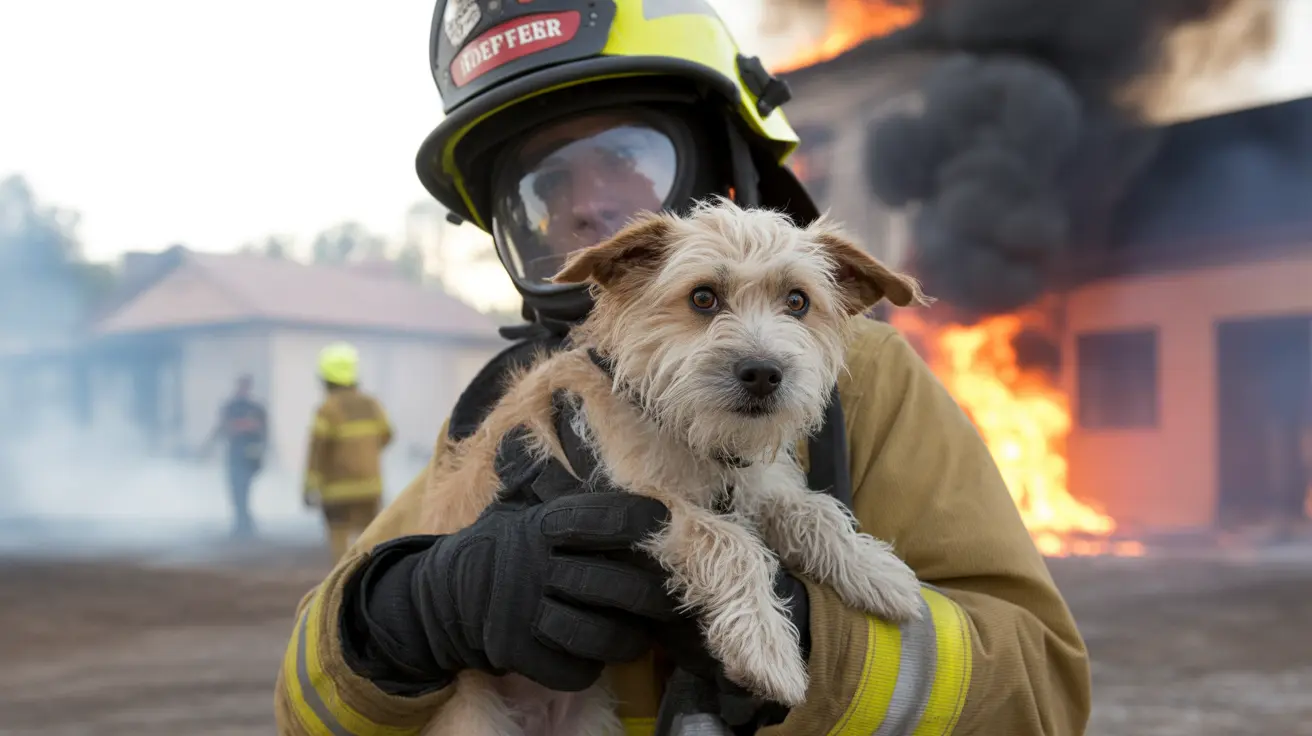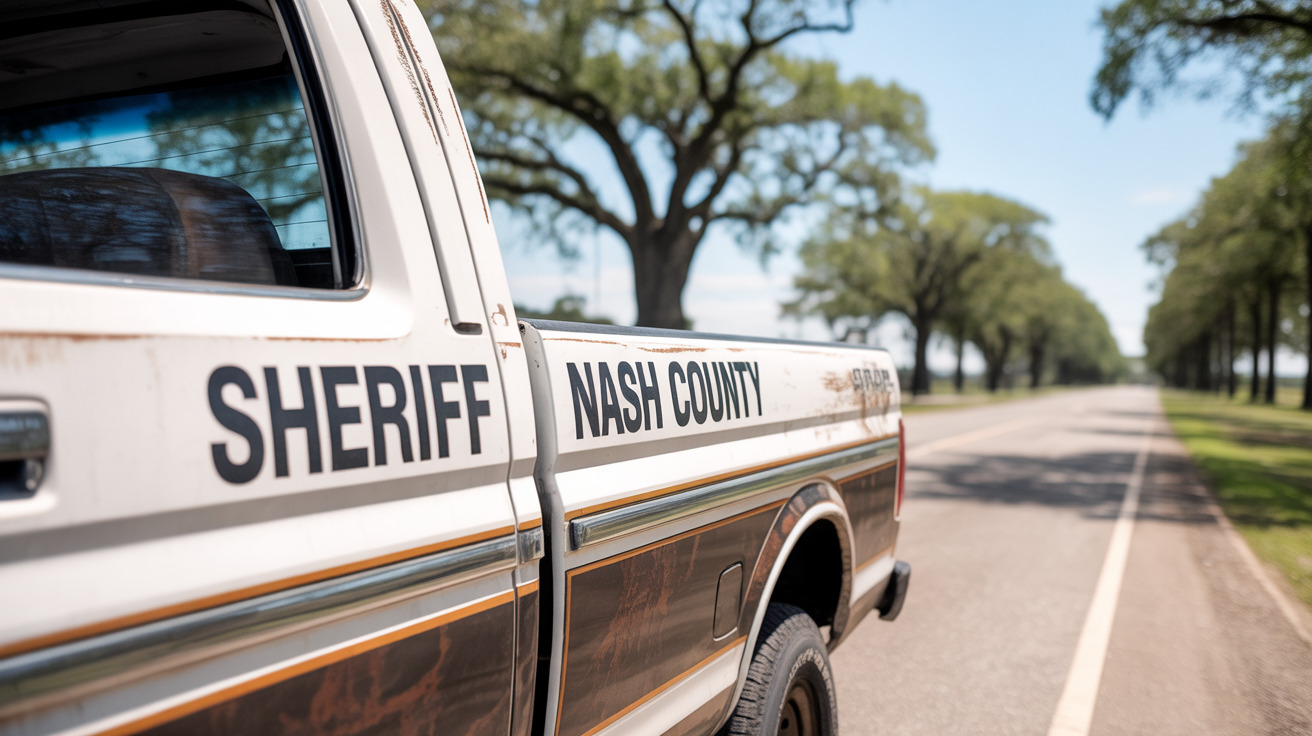Do Dog Knee Braces Really Work? A Comprehensive Guide
Dog knee braces are increasingly being used as an alternative or supplement to surgery for cranial cruciate ligament (CCL) injuries — a common issue in dogs that’s comparable to ACL tears in humans. While not a permanent solution for all dogs, knee braces can play a valuable role in treatment and recovery, especially in specific circumstances.
What Are Dog Knee Braces?
Dog knee braces, also known as stifle braces, are orthopedic devices designed to stabilize the knee joint. They reduce excessive motion between the femur and tibia, helping relieve pain, support mobility, and promote the formation of scar tissue to compensate for ligament damage.
When Are Knee Braces Useful?
Knee braces are typically considered in the following situations:
- Non-surgical candidates: Dogs unable to undergo surgery due to age, medical conditions, or financial limitations.
- Pre-surgical support: To help maintain mobility and muscle mass while awaiting surgery.
- Conservative management: In small breed dogs or with partial tears where non-surgical approaches may suffice.
- Post-surgical recovery: Braces can provide joint support following procedures like TPLO or TTA.
- Prevention: To offload stress from the healthy limb and prevent injury in dogs with unilateral CCL disease.
Types of Dog Knee Braces
Braces vary in material and construction. Options include:
- Custom braces: Designed using a mold of the dog's leg, made from plastic or aluminum, offering maximum stability and comfort.
- Generic braces: Fabric or sleeve-style braces available off the shelf. These are less supportive and often less effective, particularly for medium and large breeds.
- Removable splint braces: Provide adjustability depending on the dog’s activity level and stage of recovery.
Advantages of Using a Dog Knee Brace
- Non-invasive: No surgery or anesthesia required.
- Lower initial cost: Less expensive than surgical options.
- Faster early recovery: Bracing allows supported activity sooner, helping maintain muscle.
- Custom-fitted: Offers better comfort and stability.
- Rare complications: Minimal side effects compared to surgical alternatives.
Potential Drawbacks
- Not a permanent fix: Complete ligament ruptures with instability often require surgery for best results.
- Requires consistency: Regular use and monitoring are crucial for success.
- Fit issues: Poorly fitted braces can cause rubbing or exacerbate lameness.
- No arthritis prevention: Braces may not prevent long-term joint degeneration.
- Acclimation period: Dogs may take time to get used to wearing a brace.
Veterinary Guidance Is Essential
Choosing the right treatment path should always begin with proper veterinary diagnosis. A veterinarian or a certified ortho specialist can assess the injury, recommend a brace type, and assist with fitting. Custom braces often require casting, and consistent follow-up is essential to track improvement and adjust usage.
Other Supportive Tools
- Harnesses: Can help owners assist dogs with mobility.
- Hydrotherapy: Promotes strength and healing with minimal stress.
- Dog wheelchairs: Suitable for dogs with severe bilateral injuries.
Conclusion
While surgery remains the gold standard for treating canine CCL tears, especially complete ruptures in larger breeds, knee braces offer a practical alternative for many dogs. Best suited for partial tears, post-surgical support, or non-surgical candidates, braces can help reduce pain, support joint stability, and improve quality of life. Custom-fitted, rigid braces provide the most effective support, and success greatly depends on veterinary guidance, proper fit, and consistent use.





